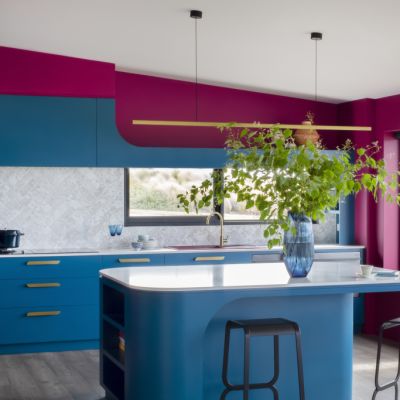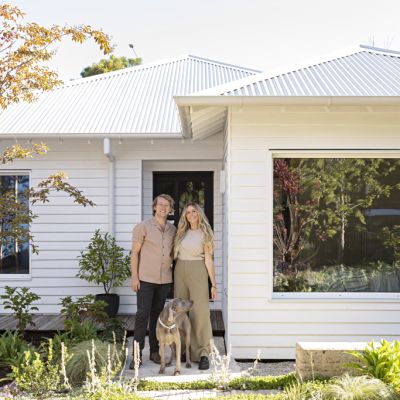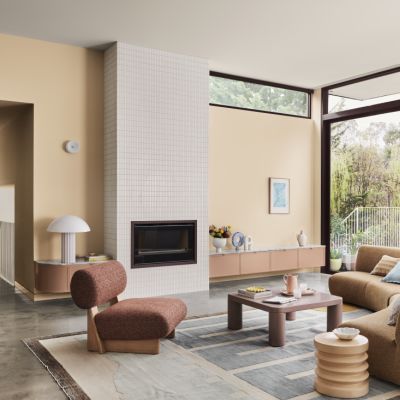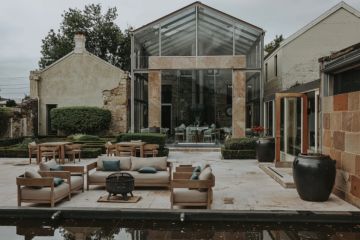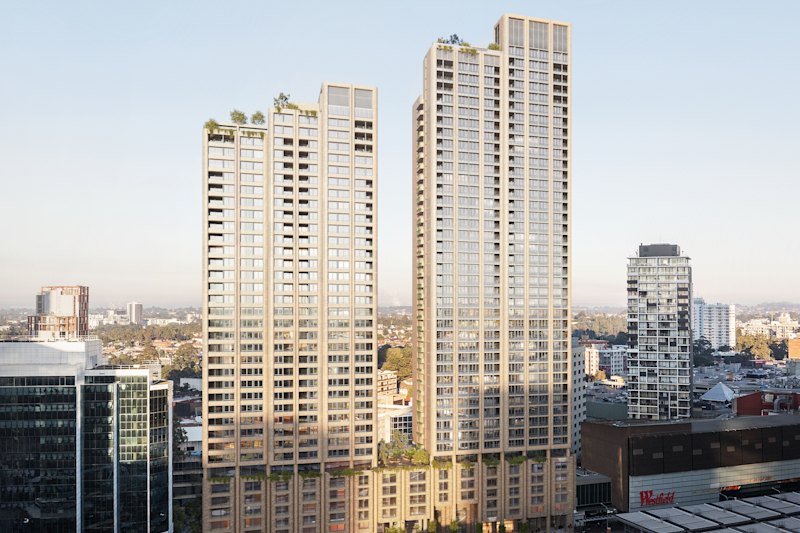5 hacks to make your home look more expensive than it is
No one wants their home to look cheap, but the idea of it feeling “expensive” feels simplistic and pretentious, doesn’t it?
What I want is for my home to be inviting, homely, interesting, and comfortable. The thing is, if your home is all those things, it will, in effect, look more expensive than it potentially is, so here are my hacks to do just that.
1. Layer your lighting
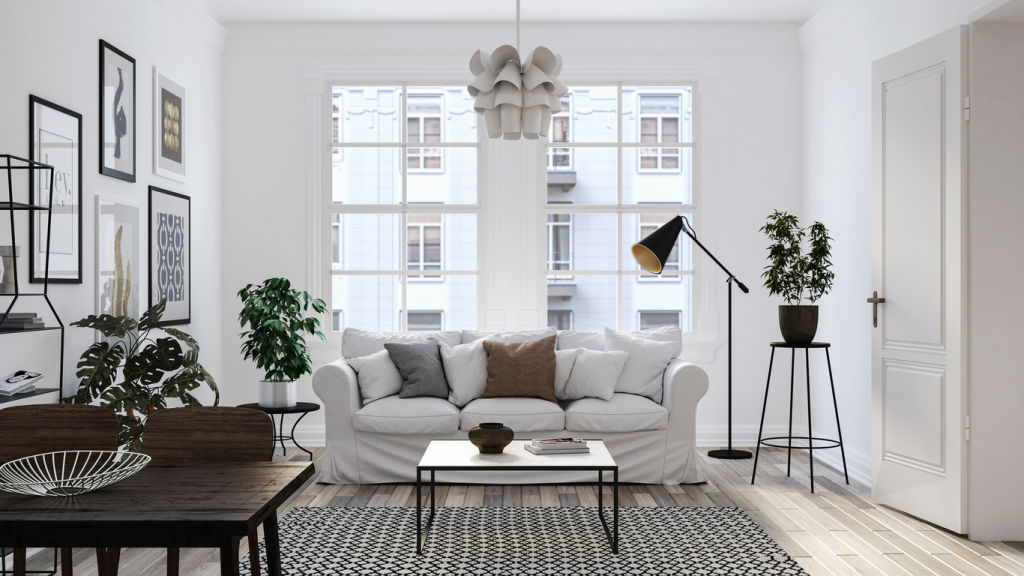
The fastest way to cheapen your interior is to not thoroughly consider your lighting. A ceiling full of overhead lights will feel more like a 7-Eleven convenience store than a home.
Include a combination of wall lights, floor lamps and table lamps to create mood and atmosphere and add decoration.
2. Shop vintage and antique
I’ve found my most cherished pieces in second-hand and antique stores. I’ve also found the most amazing things at flea markets because one person’s trash truly is another’s treasure. These pieces add a feeling of old-world charm and sophistication to your home, and they also help to create a home that bucks trends and achieves longevity.
Avoid shopping for “trendy” homewares at your big-box retailers. The pieces you find on these shelves are often copied, made cheaply, are lacking in substance, and not designed to last. Your discount department stores are fine for plates, cups and storage pieces, not homewares.
3. Tend to your landscaping
I’ve seen very expensive homes looks cheap and unfinished due to a sheer lack of landscape design and greenery. On the flip side, I’ve seen modest homes elevated with beautiful landscaping.
If you’re willing to be patient, you don’t need to buy mature trees. Buy them young or propagate cuttings from a parent’s or friend’s garden. Plant a creeper to disguise a bland fence or a lacklustre house facade; lay pavers to delineate spaces; add lawn and fertilise as necessary.
You won’t notice your garden growing and taking shape, but one day you’ll come home and observe an abundant, flourishing garden framing your house, adding to its kerb appeal.
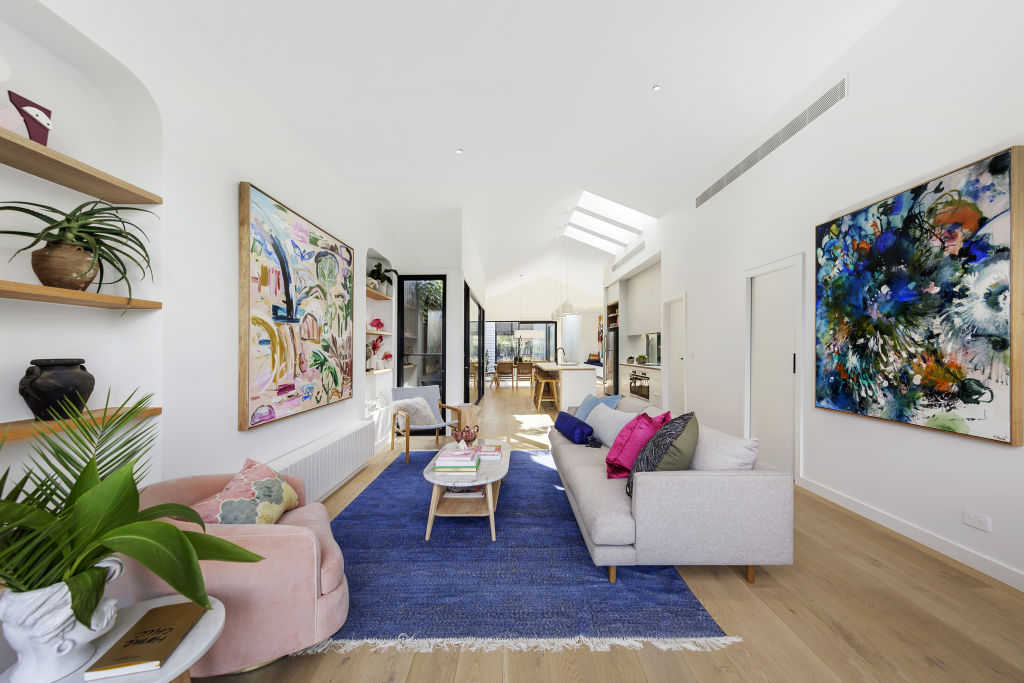
4. Upscale your rugs
The purpose of a rug is to anchor furniture, zone a space and provide a level of dimension to a room, and the rule of thumb is that bigger is always better when it comes to choosing a rug for your space.
Yes, the bigger you go the more you’ll spend, but you don’t need to buy silk rugs or one-of-a-kind Persian rugs. You can source a large seagrass rug for about $300.
Many rug stores offer a full refund guarantee if you want to take your rug home to try it out for size.
- Read more here on how to choose the right rug for your room
5. Purposefully decorate your surfaces
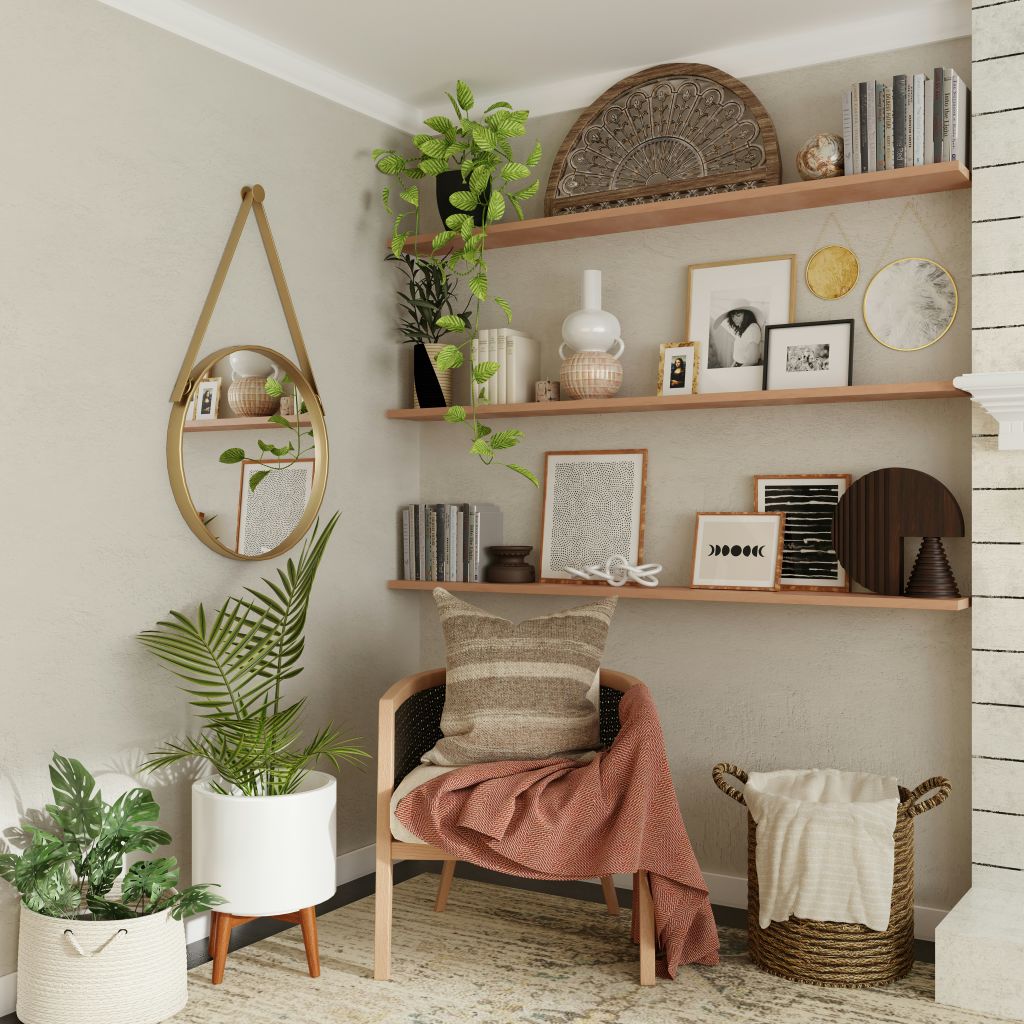
It’s not enough to throw a few framed photos and a candle on your consoles or wall shelves and call it a day.
Cheap vases and ornaments from your discount department store will cheapen your space. Limit using lots of small items and instead have fewer larger scale items. Also, aim for variance of scale. For example, a table lamp, a medium urn, and a small ceramic bowl. Use Pinterest for ideas, and there are plenty of “how to” videos out there too.
If you give yourself permission to play around with it, you’ll land on a result you’re happy with.
We recommend
States
Capital Cities
Capital Cities - Rentals
Popular Areas
Allhomes
More
